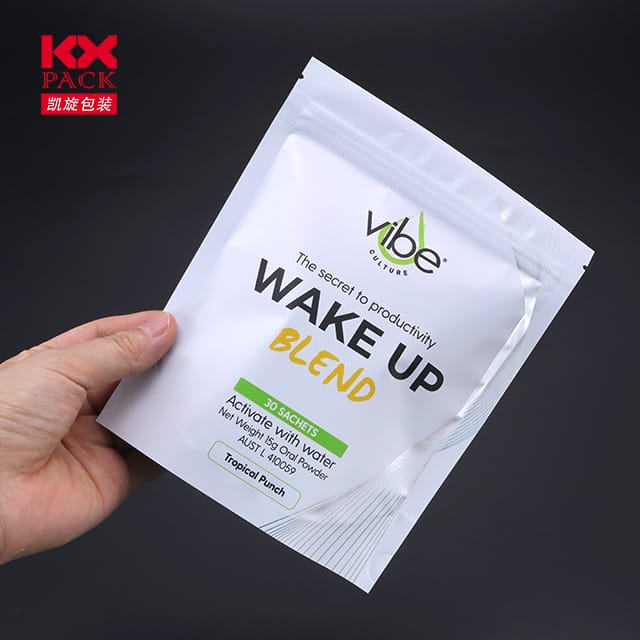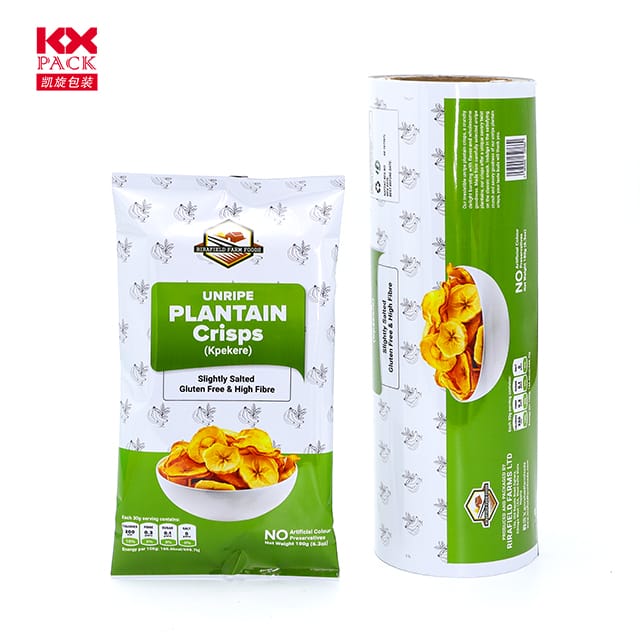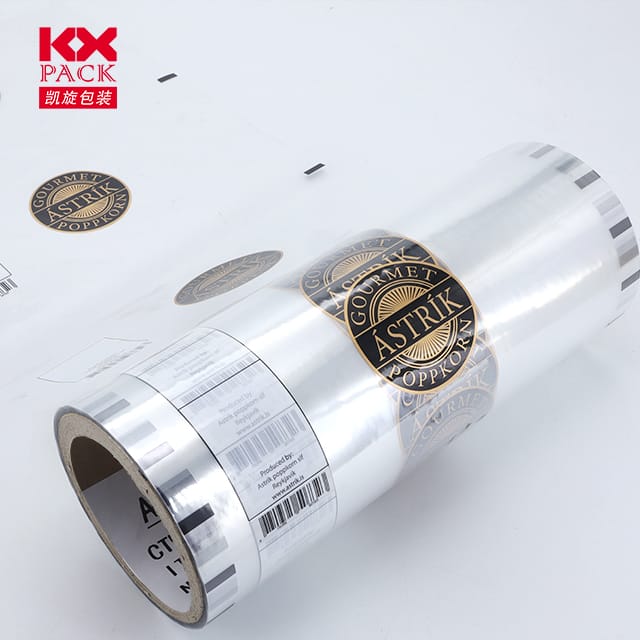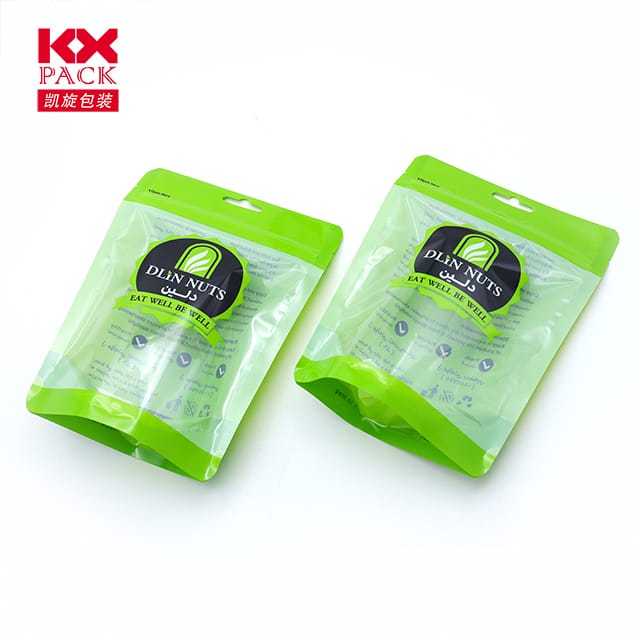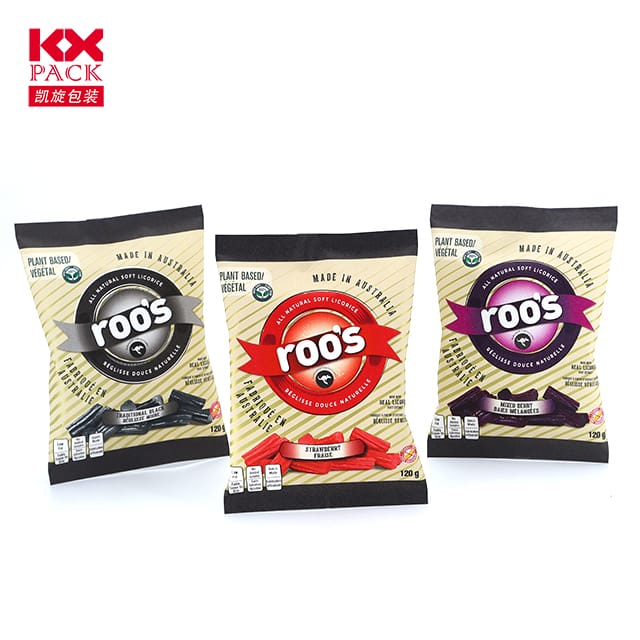Die Entwicklung und Anwendungen des Laminierungsfilms: Ein umfassender Überblick
Laminierungsfilm
Im Bereich der Verpackung, Elektronik, und industrielle Fertigung, Laminierungsfilm steht als Eckpfeiler, Haltbarkeit bieten, Schutz, und verbesserte Funktionalität. Dieses vielseitige Material, bestehend aus mehreren Schichten, die durch spezielle Prozesse miteinander verbunden sind, hat die Branchen revolutioniert, von Lebensmittelverpackungen bis hin zu fortgeschrittener Elektronik. Lassen Sie uns in die Welt des Laminierungsfilms eintauchen, Erforschen seiner Typen, Anwendungen, und zukünftige Trends.
Was ist Laminierungsfilm?
Lamination film refers to a composite material created by bonding two or more layers of film—often polymers, metals, or paper—using heat, Druck, oder Klebstoffe. The resulting structure combines the strengths of each layer, such as heat resistance, Feuchtigkeitsbarriereneigenschaften, or optical clarity. Zum Beispiel, a common configuration might include a polyester base layer coated with a heat-sealable adhesive, providing both strength and printability.
Key Types of Lamination Films
- HAUSTIER (Polyethylen Terephthalat) Filme:
- Bekannt für ihre Transparenz, heat resistance, and chemical stability, PET films are widely used in food packaging, Etiketten, und elektrische Isolierung.
- Variants like PET metalized films add a reflective layer for enhanced barrier properties, ideal for snack packaging or pharmaceutical blisters.
- BOPP (Bixial orientiertes Polypropylen) Filme:
- BOPP films are prized for their moisture resistance, Klarheit, und Kosteneffizienz. They are commonly used in snack packaging, Zeitschriften, and laminated documents.
- Glänzend Und matte finishes cater to aesthetic and functional needs, such as anti-glare labels or premium packaging.
- Barrier Films:
- These films, often multi-layered, include aluminum or EVOH (Ethylene Vinyl Alcohol) layers to block oxygen, Feuchtigkeit, und Licht. They are critical in extending the shelf life of perishable goods like coffee, Fleisch, und Arzneimittel.
- Spezialfilme:
- Anti-static films prevent electrostatic discharge in electronics packaging.
- Security films incorporate holograms or UV-reactive inks for brand protection and anti-counterfeiting.
Industrielle Anwendungen
- Food and Beverage Packaging:
- Lamination films safeguard products from moisture, Sauerstoff, und körperlicher Schaden. Zum Beispiel, A metalized PET film might be laminated with a sealant layer to create airtight pouches for coffee or nuts.
- Pharmazeutika:
- High-barrier films ensure the sterility and stability of medications. Blister packs, zum Beispiel, often use PVC/PVDC/Aclar laminates to protect tablets from humidity and light.
- Elektronik:
- In PCB (Printed Circuit Board) Herstellung, dry film laminates act as photoresists, enabling precise circuit patterning. Zusätzlich, flexible printed circuits (FPCs) rely on ultra-thin lamination films for durability and bendability.
- Druck und Grafik:
- Laminated posters, Menüs, and ID cards benefit from enhanced durability and UV resistance. Zum Beispiel, A PET laminate might be applied to a printed substrate to protect against fading and scratches.
- Construction and Automotive:
- Films with high tensile strength and weather resistance are used in solar panels, automotive glazing, and architectural membranes.
Technologische Fortschritte
- Nachhaltigkeit: Manufacturers are developing biologisch abbaubar Und recycelbar lamination films to reduce environmental impact. Zum Beispiel, PLA-based (Polylactsäure) Filme offer a compostable alternative to traditional petroleum-based plastics.
- Smart Filme: Emerging technologies include thermochromic Und photochromic laminates that change color with temperature or light exposure, Türen für interaktive Verpackungen öffnen.
- Nano-Layer Coatings: Ultra-thin layers of alumina or silica improve barrier properties without adding bulk, crucial for lightweight, high-performance packaging.
Market Trends and Challenges
- The global lamination film market is projected to grow steadily, driven by demand for sustainable packaging and advanced electronics. Jedoch, Herausforderungen bleiben:
- Cost Pressures: Raw material price fluctuations and energy costs impact profitability.
- Vorschriftenregulierung: Stringent food safety and environmental regulations necessitate continuous innovation.
- Competition from Alternatives: Rigid plastics and aluminum foil pose competition in certain applications.
Abschluss
Lamination film is more than just a protective layer—it’s a technological marvel that enhances product safety, Ästhetik, und Funktionalität. As industries evolve, so too will lamination films, with advancements in sustainability, smart materials, and nano-engineering paving the way for the next generation of solutions. Whether in a snack bag, a smartphone screen, or a solar panel, lamination film continues to prove its worth as an indispensable material in modern manufacturing.
Stay tuned for more insights into the world of advanced materials and their role in shaping a sustainable future. 🌍✨

